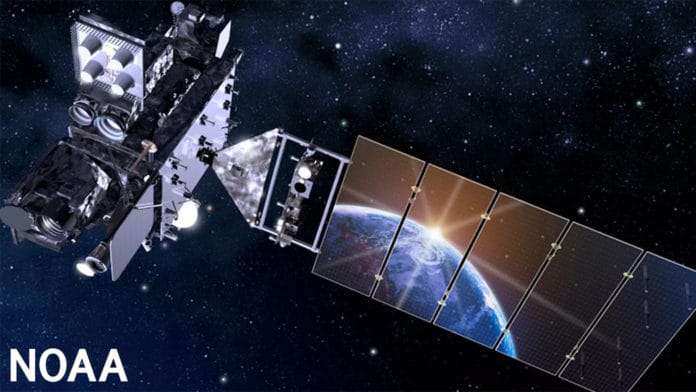Launched on March 1, 2022, NOAA’s GOES-T satellite reached 22,236 miles above Earth in geostationary orbit on March 14, 2022. This was a milestone for the satellite.
The satellite launched a United Launch Alliance Atlas V rocket from Space Launch Complex 41. After reaching the geostationary orbit, the GOES-T was renamed GOES-18. It is now in a position to orbit at the same rate Earth rotates. From there, it can keep watch on the same region.
GOES-T mission managers confirmed that its solar arrays successfully deployed at 8:28 p.m. EST. Now, the satellite is operating on its power.
GOES-T is the third satellite in NOAA’s Geostationary Operational Environmental Satellites (GOES) – R Series. The satellite is the size of a school bus and weighs over 6,000 pounds. It will track destructive wildfires, lightning, Pacific Ocean-based storms, dense fog, and other hazards threatening the U.S. West Coast, Hawaii, and Alaska. Besides, it will monitor solar activity and space weather.
These observations will help meteorologists develop forecasts and predict hazardous weather systems’ formation, growth, intensity, and movement.
GOES-18 will work in tandem with GOES-16, the first satellite in NOAA’s new geostationary series, in the GOES-East position. Both satellites, in coordination, will observe more than half the globe — from the west coast of Africa to New Zealand and from Alaska to Antarctica.
